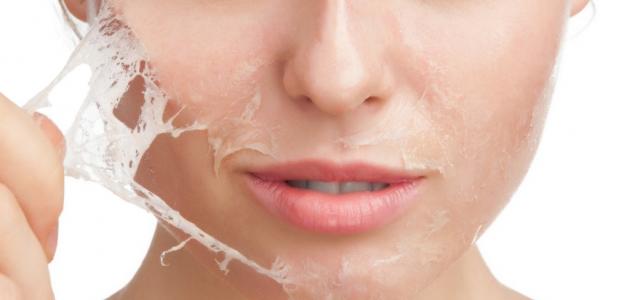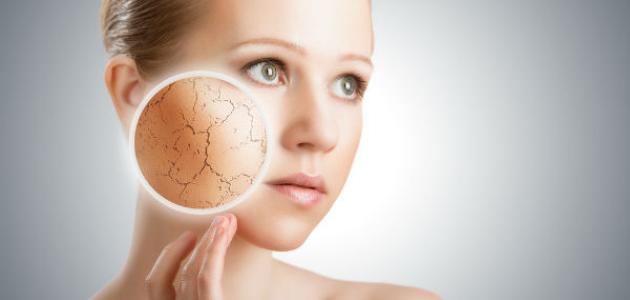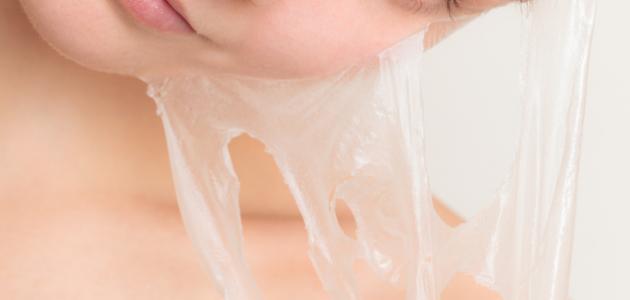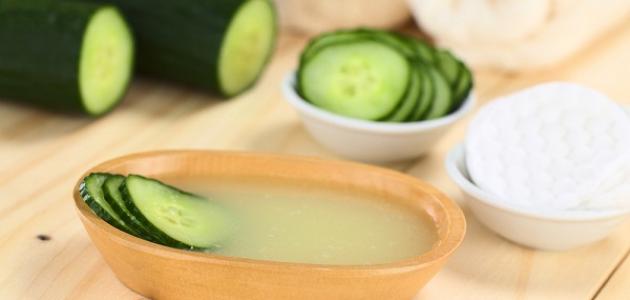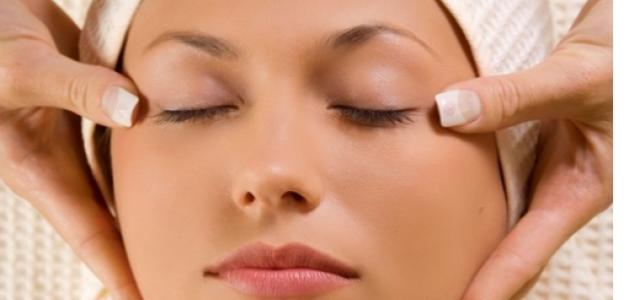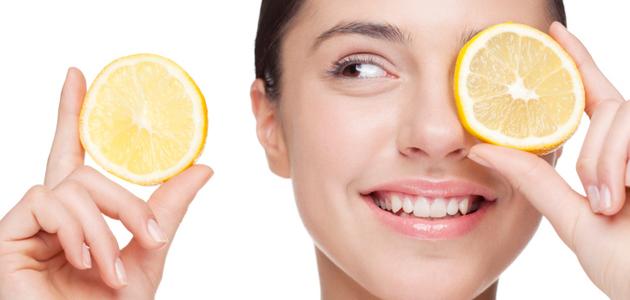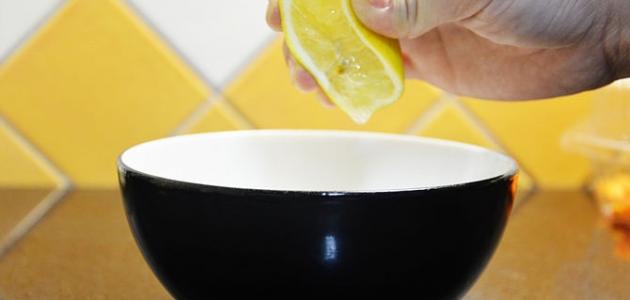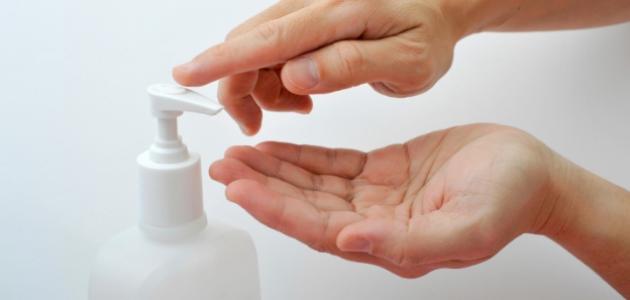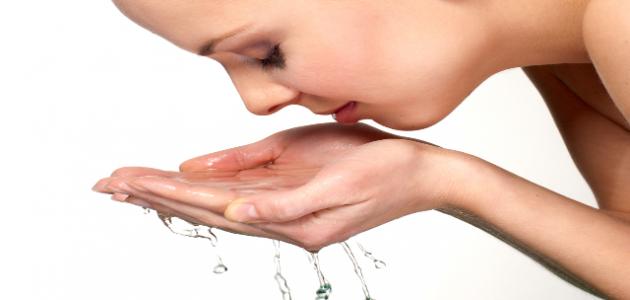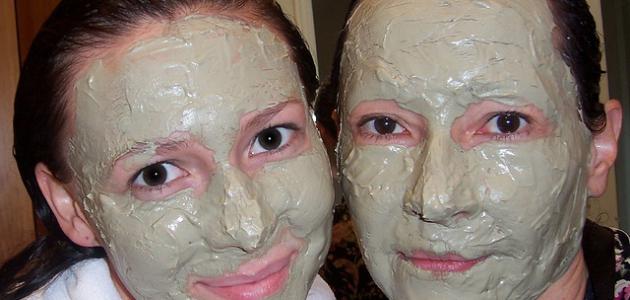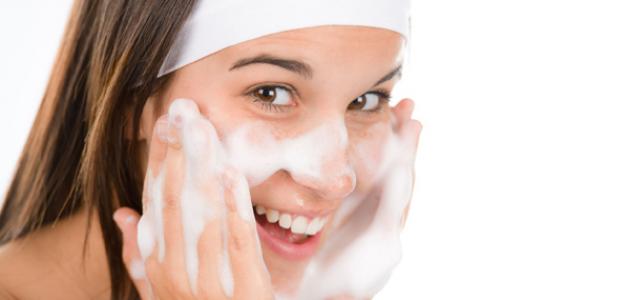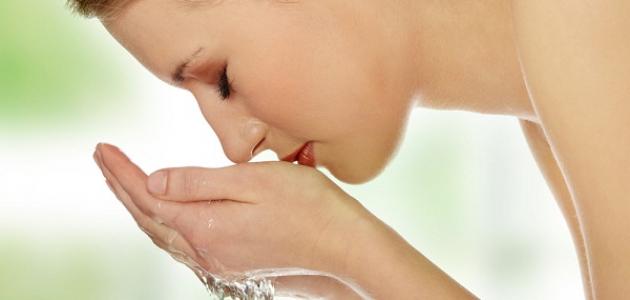Contents
Peeling skin
Skin peeling is a common cosmetic procedure to get healthier, smoother and younger looking skin. Through peeling, many skin problems can be eliminated or hidden, and peeling is defined as the process of removing the upper layers of the skin to stimulate the skin to form new layers that are more harmonious in its color and surface structure. [1]
The problems dealt with by peeling the skin
Peeling treats many skin problems such as: [2] [3]
- Fine wrinkle lines in the skin around the mouth and eyes.
- Brown or red spots, or any spot with a different pigment than the color of the skin.
- Scars of acne and chicken pox .
- Superficial scars of old facial wounds.
- Blood vessels appearing on the surface of the skin.
- Sagging skin caused by aging or cellulite accumulation.
Methods of medical skin peeling
There are three main medical methods for peeling the skin, and they are: [2]
- Chemical peeling.
- Laser peeling.
- Mechanical peeling.
Chemical peeling of the skin
Chemical peel , is a cosmetic process in which the skin is peeled using one or more chemical solutions, and the skin is rubbed with a chemical substance with the aim of destroying the outer skin tissues, and then the dead and destroyed cells are removed, and after peeling, new layers of skin are formed from the deep layers of the skin. Chemical peels are divided into three types according to the depth of the peeling incident in the skin into superficial, medium and deep peels, and the doctor determines the appropriate type of peeling for the patient according to the nature of the problem that he suffers from, and the doctor can control the depth of the peeling by choosing the appropriate peeling material, its concentration and the duration of its application on the skin. The best results of chemical peeling can be seen on the skin affected by the sun's rays, and it is not recommended to peel for brown-skinned people because the new layers of the skin may grow in a color different from the normal skin color. [4] [5]
Chemical peeling is performed by a nurse or a plastic surgeon in the case of superficial peeling, and by a dermatologist or a plastic surgeon under local or general anesthesia in the case of medium and deep peels. . [4]
Uses of chemical peels
Chemical peels are used to treat skin problems caused by exposure to sunlight, causing premature aging of the skin, as well as removing pigmentation such as freckles, melasma, and fine lines of wrinkles. [5]
Mechanical peeling of the skin
In mechanical peeling, the upper skin layers are removed, and this is done through the use of a small, fast rotating wheel with a rough surface that resembles fine sandpaper, and mechanical peels are performed under local or general anesthesia, by a dermatologist or a plastic surgeon. [2] [6]
Uses of mechanical peeling
The mechanical peeling technique is used to treat acne scars, wounds, facial wrinkles, tattoos, spots or precancerous tumors. [6] [7]
Laser peeling
In laser peeling, the laser device sends pulses of high-energy light, which are absorbed by the skin, converting the light into thermal energy, which destroys layers of thin skin, respectively. In the healing phase, new layers of skin grow, and the carbon dioxide laser is the most used type of laser for peeling. [8]
Uses of laser peeling
Laser peeling is used to treat spots, scars, and wrinkles. [8]
Naturally exfoliate the skin
Natural skin peeling is a superficial peeling with natural materials that exfoliates the skin, nourishes it and gives it smoothness, and although peeling with natural materials is safer than medical methods, it may cause harm to people with light and sensitive skin, people suffering from excessive redness, pregnant and breastfeeding women, and from materials The natural used for peeling is: [9]
Salt or sugar and olive oil
Using salt and sugar is an effective way to exfoliate the skin, but it may be harsh on sensitive skin if used on the face, and olive oil is the best natural skin moisturizer, as it contains nutrients and vitamins such as vitamin E that penetrate deeply into the skin to restore its lost elasticity with Old age or acne. It can be used to exfoliate the skin by bringing a tablespoon of salt or sugar, mix with half a tablespoon of olive oil and put on the skin with a gentle massage, and for those with sensitive skin they can use powdered sugar as it will be gentle on the skin, but it is less effective in peeling. [10]
Lemonade
Lemon juice has the ability to lighten skin pigmentation, and it also works to remove dead skin cells because it contains citric and ascorbic acids, and ascorbic acid is also necessary for building collagen in the skin, so regular use of lemon juice may increase skin elasticity. By placing a tablespoon of lemon juice on a cotton swab and wiping the skin with it, after ten minutes the skin is washed with warm water and then dried and moistened, and the use of lemons may increase the sensitivity of the skin to the sun, causing sun burns, so you should not apply it before leaving the house and make sure to use a condom the sun. [10]
Baking soda
Baking soda is one of the natural skin exfoliators, and it works to change the pH balance of the skin, and it can cause skin irritation and redness in people with sensitive skin, especially if a moisturizer equivalent to the pH of the skin is not used after peeling, and how to use it by mixing one tablespoon of baking soda with two tablespoons Of water, then put on the skin with a massage for a minute, then wash the skin and moisturize. [10]
Yogurt
Contains yogurt milk on Allaketek acid , which helps clean the skin and peel, mix yogurt with honey and placed on the skin, then wash the face after 15 minutes, this mask works to hydrate the skin and make it brighter, as can the previous mixture prepared by adding grams of flour with milk And it is placed on the skin for 15 minutes, then rinse the face with cold water. [11]
Sources and references
- ↑ "SKIN RESURFACING GUIDE" , The American Board of Cosmetic Surgery , Retrieved 3-4-2017.
- ^ A b v "Skin resurfacing of " , (The the American Society of Plastic Surgery Of Aesthetic (ASAPS , Retrieved 3-4-2017.
- ↑ "Skin Rejuvenation and Resurfacing Skin Care Procedure" , AMERICAN SOCIETY OF PLASTIC SURGEONS , Retrieved 3-4-2017.
- ^ A b : Gary Cole W . , MD, FAAD (8-11-2016), "Chemical of Peel" , MedicineNet.com , Retrieved 3-4-2017.
- ^ A b 's Hon A / Prof 's Amanda 's The Oakley, Dermatologist, "Chemical Peels" , DermNet New Zealand to , Retrieved 4-4-2017.
- ^ A b Gary W . Cole, MD, FAAD (13-12-2016), "And Dermabrasion Microdermabrasion" , MedicineNet.com , Retrieved 4-4-2017.
- ↑ Gary W. Cole, MD, FAAD (9-2-2016), "Actinic Keratosis (Solar Keratosis)" , MedicineNet.com , Retrieved 6-4-2017.
- ^ A b "Laser resurfacing of " , of WebMD , 11-6-2015, Retrieved 4-4-2017.
- ↑ Web Medicine (19-11-2016), " the difference between the medical skin peeling and peeling between the home" , Web Medicine , briefed him on 04.04.2007.
- ^ A b v Sandra Reichstetter Ph.D. (2016), “Facial Microdermabrasion Home Remedies , ” SteadyHealth , accessed 4-4-2017.
- ↑ "Top 10 Home Remediesfor Skin Rejuvenation" , Home Remedy , Retrieved 4-4-2017.
